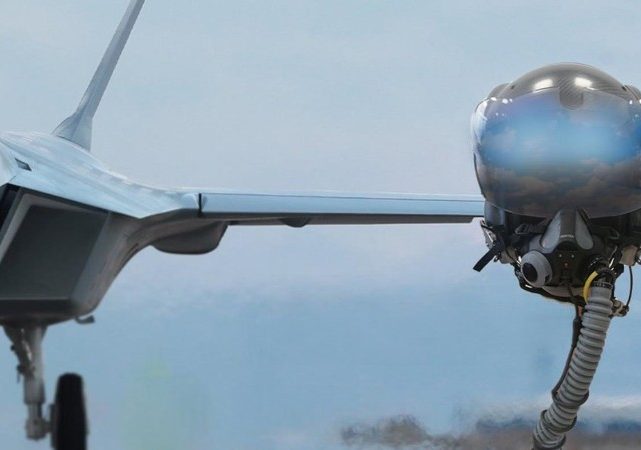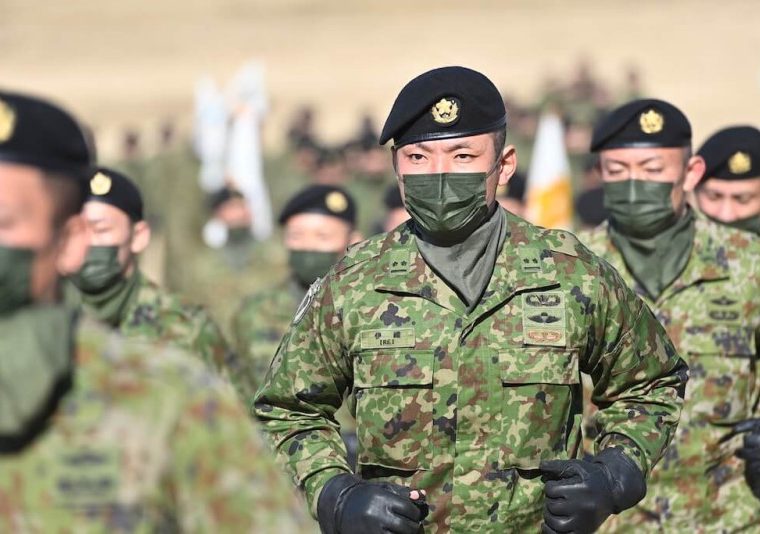R
elations between the republics of Argentina and Turkey date back to the early 20th century when thousands of Ottoman subjects started migrating to Argentine territory. The family migratory chains, popularly (and wrongly) called Turcos (Turkish), were mainly Christian or Jewish (from what today would be the territory of Syria, Lebanon, and Palestine) and were composed of migrants who left the Ottoman Empire mostly in “irregular” ways.
The Ottoman Empire’s interest in keeping in touch with its nationals helped to establish the first bilateral relations. The economic aspect was secondary, to which the Argentine government paid more attention, and the focus was on people’s immigration and religion.
From the 1990s onwards, political and economic cooperation accelerated through the signing of a series of agreements: the Agreement on Economic and Trade Cooperation (1992), the Agreement on Visa Exemption (1992), the Agreement on Scientific-Technical Cooperation, the Air Services Agreement (2011) and the Agreement on Customs Cooperation and Mutual Assistance (2018), among others.
The increased political cooperation translated into growth in trade: Trade exchange between Argentina and Turkey grew 411% between 1992 and 2018. The maximum peak of the trade exchange was achieved in 2022, reaching $1.18 billion, with more than $711 million of Argentine exports. Although the trade exchange has grown in recent decades, it is still a very insignificant part of the total exports for both countries (Turkey represented 0.8% of Argentine exports in 2022, and Argentina represented less than 0.2% of Turkish exports in 2022).
In turn, the trend in trade with Turkey – as with the Middle East – mirrors the pattern of Argentina’s trade with developed countries: a preponderance of commodities or primary products with limited added value in exchange for industrial or manufactured goods.
Turkish Foreign Policy and the Global South
Turkey foreign policy has been linked to regional and global dynamics in recent decades, such as the various conflicts bordering its territory (Syria, Libya, Nagorno-Karabakh, and now Ukraine) or the Russo-Western tensions in the broader Black Sea region that have turned Turkish foreign policy into a more assertive one, anchored in regional power and national security.
Additionally, the Turkish presence has become increasingly global, especially in the Global South. In the last decade, Turkey’s neighborhood has been embroiled in cumulative turbulence, including active armed conflicts in Iraq, Syria and Nagorno-Karabakh, and Moscow’s annexation of the Crimean Peninsula, and the competition for advantage in terms of maritime delimitation and energy resources in the eastern Mediterranean.
As a central example, Turkey’s relationship and interest in Latin America hit its peak in the 2010s through the growth of trade and the use of Turkish soft power. As part of the Global South, Latin America still holds a place in Turkish foreign policy since this relationship is aligned with Turkey’s rhetoric of independence in international relations, national self-sufficiency, exploration of economic opportunities, and national security.
Within this juncture, Argentina (for economic opportunities) and Turkey (for autonomy and national interests) launched the satellite cooperation project in 2019 between Investigaciones Aplicadas Sociedad del Estado (INVAP, the Applied Research State Company), a company owned by the Province of Río Negro of Argentina, and Turkish Aerospace Industries (TAI, a Turkish state-owned company) through the creation of a joint venture called GSATCOM.
The Turkey-Argentina venture’s main objective or goal is the construction of a Geosynchronous Equatorial Orbit (GEO), “à la carte, with a modular and scalable design”: a high-throughput satellite (HTS), with all-electric propulsion and reconfigurable, onboard equipment to adjust to market demands, and the capacity to be adapted to the whole range of existing launchers.
The antennas of these satellites with ion engines can be redirected with a very low loss of efficiency and their onboard signals can be digitized for retransmission. Flexible loading allows the satellite to have a useful life of 15 years at a significantly lower cost; therefore, it can adapt to market changes.
In this regard, tasks were allocated according to the strengths of each company: INVAP is in charge of leading the development of the communications system, while TAI is in charge of the structure and thermal subsystem. This first jointly produced GEO satellite is scheduled to be ready by 2024, according to official information. The project suffered some delays (completion was originally estimated for 2021) due to the COVID-19 global pandemic and Argentina’s budgetary restrictions.
What does the GEO joint satellite cooperation between Turkey and Argentina project demonstrate? Granted, the relationship between the two countries in political terms was –and still is – not optimal, with ups and downs mainly due to an Armenian diaspora lobbying against Turkey and blocking Argentina from developing relations further, and the bilateral relationship lacking an important commercial exchange. Yet, it was possible to develop this joint project because the two companies, with similar origins of being created by their national states and with similar objectives, have shown sound development and are constantly searching for technological innovation and commercial opportunities, which played instrumental roles in achieving this collaboration.
Recommended
An industrial infrastructure
Yet, it was possible to develop this joint project because the two companies, with similar origins of being created by their national states and with similar objectives, have shown sound development and are constantly searching for technological innovation and commercial opportunities, which played instrumental roles in achieving this collaboration.
In addition, after the end of the Cold War, both Turkey and Argentina developed an industrial infrastructure and a sizable scientific-technological complex despite struggling with constant economic crises. However, unlike in the past, Argentina, through the INVAP, was the one that took the initiative and studied the whole satellite chain for market niches.
In Latin America, Argentina has one of the biggest developed industrial-scientific complexes. For example, Argentina has three Nobel Prizes in Science (for instance, Brazil, which is five times bigger in terms of population, has none). It’s quite surprising that a country like Argentina’s has nuclear, satellite, and aerospace capabilities when most of Latin America mainly depends on natural resources for their economies.
Once it found an opportunity, Argentina searched for several years for a partner and found TAI. Once the talks between the two companies began in 2017, they successfully established the joint venture in 2019, including the public-private collaboration to achieve the objective. As Gonzalez Levaggi and Blinder point out, “Having differing motivations (referring to Argentina and Turkey) does not mean that cooperation is unachievable.”
This case of South-North cooperation, in which Argentina and Turkey develop their potential to climb the ladder of technological innovation, is a good example of a foreign policy emphasizing developing autonomous capabilities. In other words, it is a policy that widens the margins for developing countries to navigate an increasingly uncertain international sphere.





